9 min read
How to Find Water in the Wild
Bryant, Charles W.. "How to Find Water in the Wild" 07 January 2008. HowStuffWorks.com. Getting lost or stranded in the wild is...

Regardless of experience level, no one is immune from getting lost, injured, or killed while recreating or working in a wilderness environment. Mother Nature is unforgiving and/or unrelenting in many situations, therefore we must learn how to be prepared to combat any situation that we may face.

With proper planning, preparation, and prevention, these mistakes can be easily avoided. Often times, the unknown gets those that lack experience or ego gets in the way of experienced outdoors men. Yes, even experienced people have been defeated by Mother Nature because their overconfidence has gotten the better of them.
From the novice to the skilled outdoor enthusiast, here are the top 10 most common mistakes that people make when traveling in the backcountry.
When heading into the outdoors, your clothing should be the first thing on your mind and it shouldn't be whether or not your shirt matches your shoes. What you should be thinking is that your clothing is your first line of defense against the elements and injury. Colorado is notorious for dumping several feet of snow in the Spring Season, yet I see hikers all the time running around in nothing but a cotton t-shirt, shorts and sandals. You should be wearing adequate clothing to protect you from any weather Mother Nature might throw at you, or at the very least, have it in your backpack. Other than the weather it can protect you from scrapes, bruises, sunburns and various other injuries common to trekking though the wilderness. To read more about layering your clothing, click here: The Principles of Clothes Layering
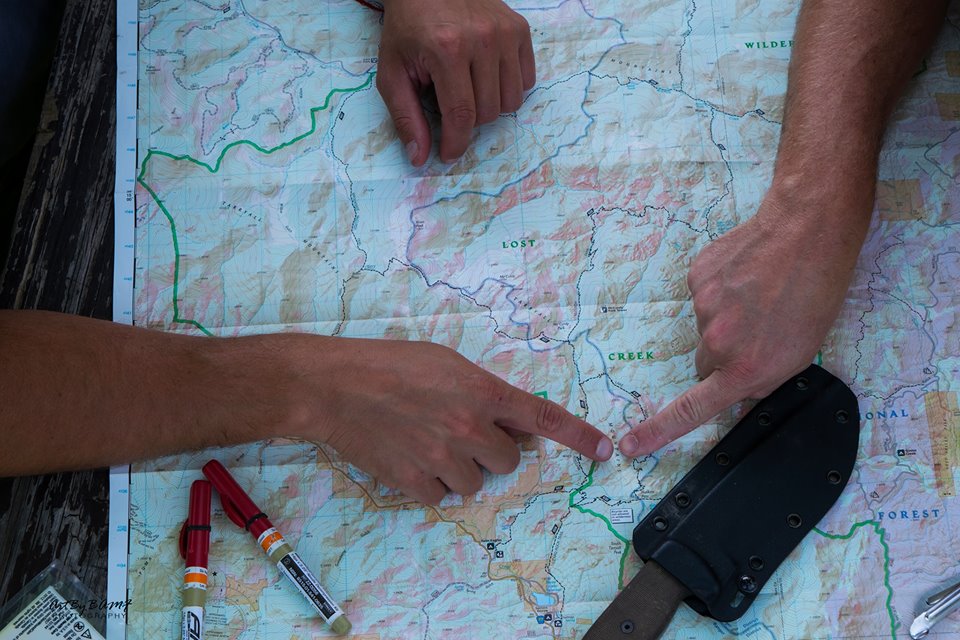
There is a reason trails and roads do not go directly from Point A to Point B and its certainly not to make you walk (or drive) further. These paths are typically established because some obstacle is between you and the most direct path. An impassible river, steep cliff or hidden gorge is most likely blocking your route and despite what you may see on TV, trying to tackle these obstacles is not in your best interest. Going around them or finding a safer crossing point is always a better option.
Having a good topographical map, and knowing how to use it, makes for easier and safer route selection. Not all obstacles are displayed on maps though, such as fallen trees, boulder fields, avalanche fields or landslides. When you face obstacles such as these, you should plan your route accordingly, as you go, and do not take foolish or unnecessary risks when an easier and safer path exists.
Typically no one plans to be in a real survival situations and most events start out as being an easy day hike in familiar wilderness area. Many hikers, hunters or outdoor enthusiasts head out with the expectation that nothing will go wrong but the news is full of stories about when things do go wrong, even to experienced individuals. If you are headed out into the wild, you should always expect to encounter wild animals such as bears, cougars, snakes or whatever forest creatures live in your neck of the woods. Furthermore, I know of no weatherman that has ever been 100% accurate 100% of the time, and I have personally seen snow in July. So you should expect that unexpected blizzard, rainstorm, or heat wave to sneak up on you. You also never know when you will roll an ankle, fall and break a leg, or suffer from an allergic reaction to a bee sting. What started out as a pleasant stroll in the wilderness could very easily and quickly turn into a survival situation which happen because we tend to overestimate our abilities or underestimate the risks. Lets be honest, most people do not train during inclimate weather so they do not know what to do should a situation happen when conditions are not optimal or we have never really tested ourselves to this extreme to begin with. Because of our lack of experience, we typically make poor decisions, which will eventually catch up to us and lead to a disaster.
There is a simple solution and that is to always expect the unexpected. Hope for the best but plan for the worst. You really cannot plan for everything bad that could happen but you certainly can plan within reason. If you are venturing out somewhere that is known for snow at that time of year, expect to get caught in a blizzard. If you're in bear country, expect to encounter bears. If you are traveling on uneven ground, expect a rolled ankle or a fall. You don't have to fall victim to these circumstances if you take a few precautions, stay aware of your surroundings at all times and use your senses and instincts to stay one step ahead of Mother Nature. If you expect the worst but carry appropriate gear you can typically conquer the unexpected.
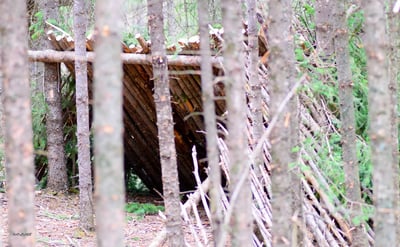
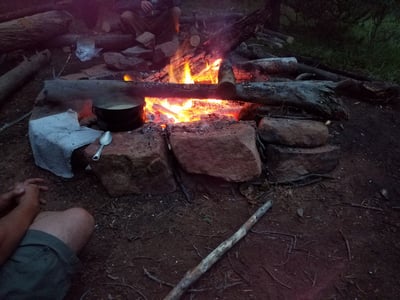
Your average person has not been in a situation where a campfire is absolutely necessary, therefore they do not realize how important being able to start one is or have just taken for granted its usefulness. All of us can probably start a fire in optimal conditions but can you get one going if its raining? A fire is extremely comforting and in a survival situation it can be an enormous moral boost. The ability to build and maintain a campfire is a top priority. Steps should be taken so that you can build one when it matters most. Starting a fire is not always easy even though one might think so, so adequate practice and/or training is highly recommended.
Did you know that a Bic lighter may not work at a higher elevation or in extreme cold and matches will fail in high winds? If These are your only two methods of starting a fire, you should rethink your plans and preparations.
Other than the obvious of keeping you warm and cooking your food, what can a campfire do for you? As mentioned before, it is a great moral boost and can also have a calming effect, which could keep you from panicking. It can deter wild animals as well as be used as a signal fire so you can be found. Fire can be used to boil water to purify it. In the back country, it is not unusual for water to become tainted and full of bacteria. CDC recommends you boil your water for 3 minutes and this simply cannot be done without a fire. Should you become wet, it can also be used to dry your clothing, preventing you from getting hypothermia or immersion foot.
More times than not, people head off into the backcountry for a day hike, without any form of shelter other than the clothing on their back. Furthermore, they do not bring the tools to build a primitive shelter, should the situation warrant one. The biggest killer of man in the outdoors is exposure to the elements. They become stuck in a bad situation and typically perish from hypothermia, heatstroke or some other extreme weather related injury. Many lives could have been saved if they would have known how to build an effective shelter.
What most people do not know is that it can take several hours to build a simple lean-to, especially if you have never built one before. Because most people do not bring something as simple as a durable rain poncho, which can be used to build a shelter, they would be forced to build one from what nature provides. Some areas provide natural shelters such as overhangs or caves but these are not available everywhere.
Getting wet in the wilderness can be a life or death situation so do not take bringing shelter with you or the ability to build a shelter lightly.
The human body needs water to survive and the Rule of Threes states that a person can die in 3 days when exposed to extreme temperatures or climate. In some cases, people have perished in as little as a day from the lack of water. Dehydration isn't just a hot weather problem, as during cold conditions we tend to wear more clothing which results in us to sweating more. We also expel water through our breath at an increase rated, when temperatures are low.
Drinking unclean water can cause vomiting and diarrhea, therefore speeding up your rate of dehydration. Waterborne organisms such as giardia, cryptosporidium, rotovirus and a plethora of other bacteria can cause severe illness that increases dehydration and reduces your ability to function normally. If you have no way to purify water, you are stuck with the decision to take your chances with illness and drink the water, or refuse to drink and suffer sure dehydration, neither of which are a good option. It's best to avoid having to make that choice by always being prepared to purify the water you find. Many people don't realize that water filtration and water purification are not the same things. Beware of all of the primitive techniques to "filter" water as these steps alone do not guarantee water is safe to drink. Filtration only removes dirt and sediment while purification will kill bacteria and viruses. CDC recommends you boil your water for 3 minutes to purify it. To make things easier, one should bring a water purifier with them but in some circumstances it is recommended to boil your water even after running it through a water purifier.
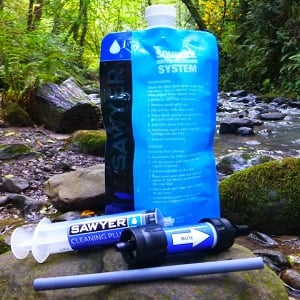
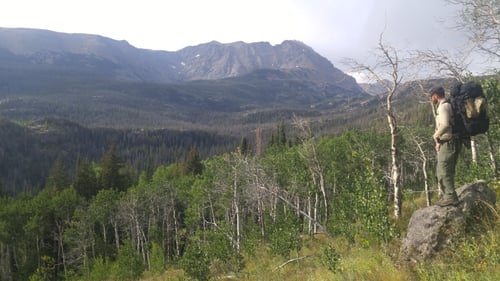
A very common mistake or oversight made by both novices and experienced outdoor enthusiasts is the failure to prepare a trip plan and leave it with friends and loved ones, before heading out on their adventure. While the novice neglects to give others a plan because of ignorance, experienced outdoorsmen tend to think they don't need to because they are experts.
The reason to file a trip plan is to let people know where to begin a search operation should something happen and you are unable to get back home or to your final destination. When people notice that you're not where you're supposed to be, they can take a look at the trip plan and begin searching for you where you said you were going to be traveling.
Once you fie your trip plan, be sure not to deviate from the plan without notifying the folks to whom you gave the original plan to. Doing so will cause search and rescue teams to look for you in the wrong place, based on information in the trip plan. If you change your plans, it is extremely important to notify everyone who has been given your trip plan.
When creating your trip plan, include the following information: your name, address, phone number; next of kin; where you're going; the intended route of travel; whom you intend to meet up with or travel with, and their phone numbers and addresses; vehicle description; a description of your clothing and outdoor gear (including colors); pertinent medical needs (so searchers can bring necessary medications).
A dangerous but common mistake is to not stop and make camp once you realize that you're lost. Most mistakenly think that if they just keep going that they will get "unlost" or get found sooner. The reality is that when you're lost, if you keep going, you will most likely get yourself more lost. You have no idea which direction to go to reach safety, so if you keep moving, you might inadvertently be traveling away from your intended destination.
If a search team is on the ground looking for you, you might also be moving away from them, which prolongs the search. The rule is, when you realize that you're lost, STOP.
The best thing to do is to hunker down, make camp, establish some signaling methods and gather all of the materials and resources you need to spend the night, before it gets dark. With your limited time, you should start a fire, set up a shelter, and ready your food and water.
Even if you're not lost, but unable to reach your destination in the planned time, you should stop and set up camp giving yourself enough time before darkness falls. Stumbling around in the dark risks injury and/or confusion about your location and you could inadvertently get yourself lost. If you are not going to make it to your destination in time, start looking for a good site to make camp, out of the wind, with an adequate firewood supply and water supply nearby. Get your shelter put together, gather firewood for the night, get a fire started, collect and purify water and then settle down for the night. You should give yourself enough time during the daylight to accomplish all of this at a safe pace.
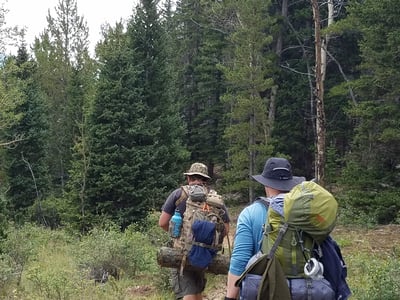

No one wants to unexpectedly have to spend the night in the wilderness but sometimes a situation will arise where it cannot be avoided. Without proper planning or preparations, doing so can lead to a very miserable, if not a life threatening situation.
If you're prepared with the proper gear and some basic knowledge you can turn a survival situation into a survival training experience. The basic items that I feel you should carry in a survival kit include a rain poncho, fire making tools, high-calorie food, water purifier and metal water bottle, a quality bushcraft style knife, at least 100' of paracord, flashlight or headlamp, medical kit, proper clothing and of course a map and compass. Not only should you have the gear but you should know how to use it. A very deadly mistake is going out to purchase gear but not knowing how to use it or not knowing if said gear is quality enough to not break in a survival situation. If you took the time to buy the gear, you might as well take the time to learn how to use it properly. Your life it counting on it. I cant stress enough the importance of dirt time, where you are practicing primitive survival techniques , to gain enough experience that you become calm and confident in the wilderness.
NIf you cannot self rescue, and search parties cannot find you, prepare for a very long haul in the wilderness. If you didn't bother to prepare to have a signaling device then you probably didn't properly prepare to begin with so your long haul will probably be disastrously short.
The most commonly thought of signaling devices are those that you can see and those you can hear. Both employ a method to disrupt the natural environment to attract the attention of anyone within earshot or line of sight. Our voices tend to not carry very far in the wilderness and our bodies and typical clothing are not easily seen from a distance so devices such as whistles, Mylar blankets, bright cloth panels, signaling mirrors and signal fires are commonly used. You can also use natural materials such logs, rocks, branches, snow, and just about anything else you can find to create something less natural. Nature doesn't create straight lines so if you create them yourself in a clear area, it will draw attention to aircraft overhead and sometimes search and rescue on the ground.
Other than the common lo-tech options, many hi-tech signaling devices are available. Your cellphone is the most obvious device and even if you do not have signal, you should attempt to call 911 in an emergency. When you dial 911 you can pick up other frequencies that are not normally available to you and you may be able to reach a dispatcher. Of course, you will have to know where you are at for people to be able to come find you. Some other options are satellite phones, handheld radios and locator beacons.
Take note of these 10 common mistakes so that you can prepare yourself to not fall victim to them and at the end of the day, come home to your friends, family, and loved ones!
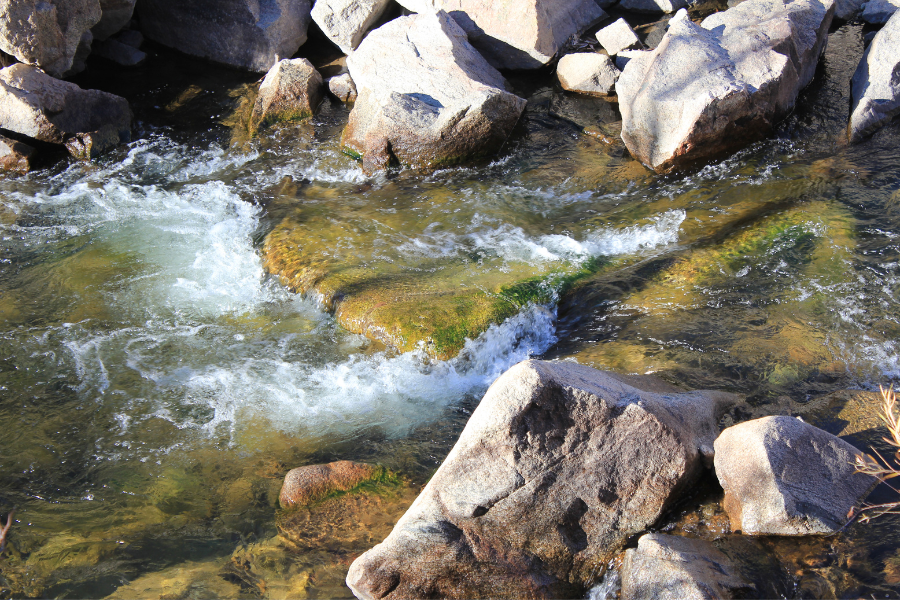
9 min read
Bryant, Charles W.. "How to Find Water in the Wild" 07 January 2008. HowStuffWorks.com. Getting lost or stranded in the wild is...
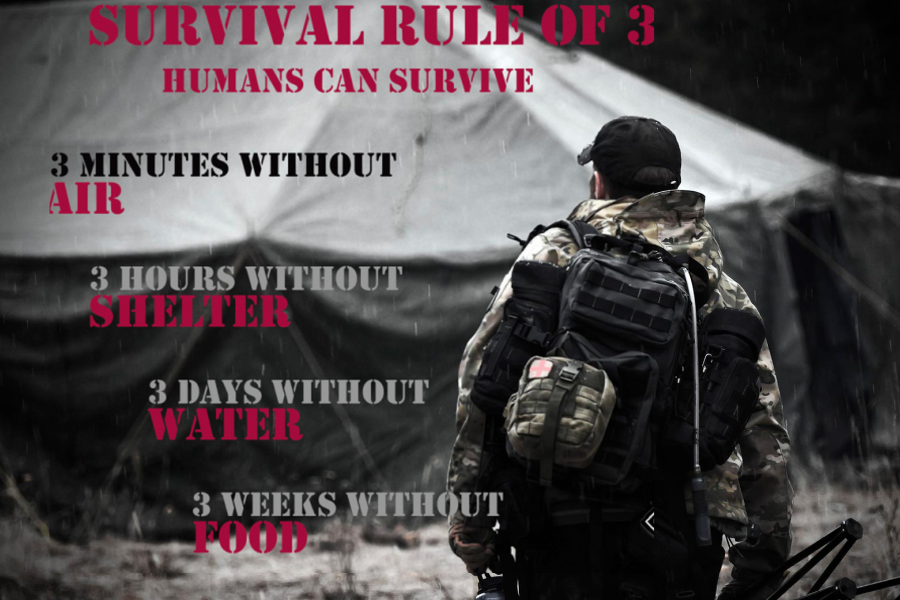
When it comes to survival, there are four basic rules that you should consider. These rules help you when preparing for an emergency and the...
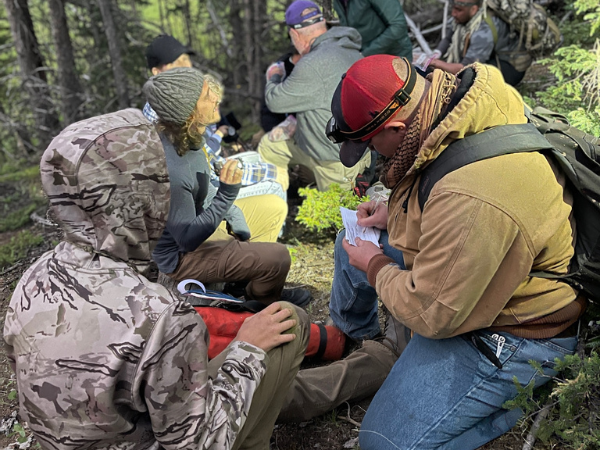
Essential advice for navigating difficult and unexpected situations. With our wilderness survival tips you will learn how to stay safe, healthy, and...